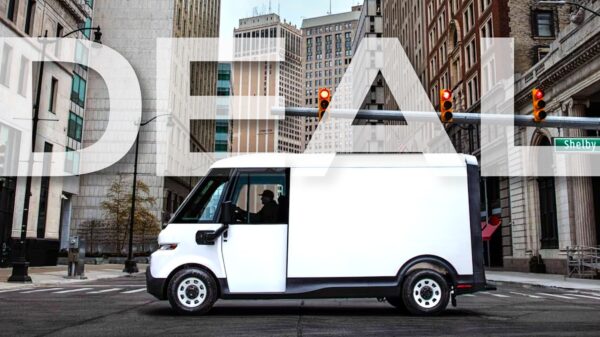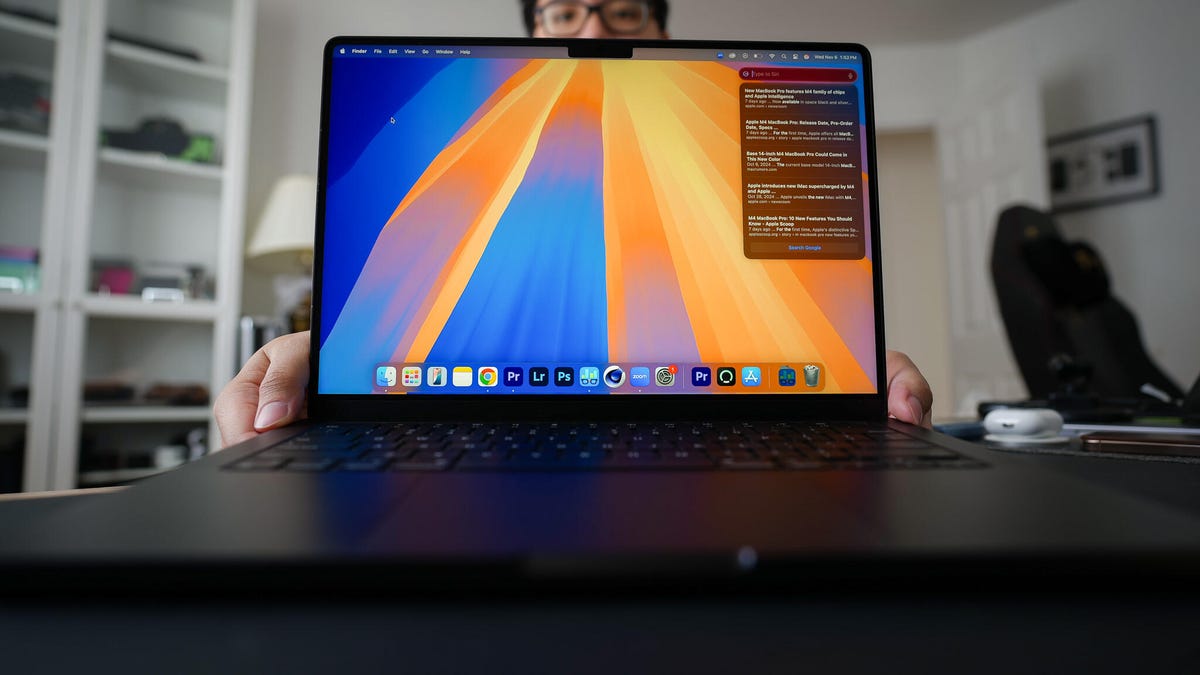The launch of the new M4 MacBook Pro has prompted many users to consider whether upgrading from their existing models, particularly the M1, is worthwhile. With a starting price of $1,799, the M4 model introduces several enhancements in performance and design, making it an appealing option for a broad range of users.
One of the most notable improvements in the M4 MacBook Pro is its graphical performance, battery life, and transfer speeds. Users can find the M4 on platforms like Amazon for as little as $1,299, showcasing a significant price reduction from its original cost. After several months of using the M4, it has been described as a “boringly awesome” device that excels in both functionality and reliability.
Performance and Battery Life
The M4 MacBook Pro has proven to be exceptionally competent, particularly for users engaged in video and photo editing, gaming, and general content consumption. Its base model may be sufficient for approximately 90% of users, especially those transitioning from Intel-based systems. The device boasts an improved battery life, lasting up to eleven hours on a single charge, although this falls short of Apple’s marketed 24-hour battery life, which is based solely on video playback metrics.
In practical terms, the M4 model’s battery performance significantly reduces anxiety about running out of power during demanding tasks. While the M1 model would show signs of fatigue much sooner under similar conditions, the M4 has maintained a consistent performance level, even with various applications open simultaneously.
The introduction of Thunderbolt 5 ports in the M4 Pro and M4 Max variants allows for faster transfer speeds of up to 120 Gbps, making these models particularly attractive to professional creatives and users who rely on external storage solutions. For those needing the additional processing power, the investment is justifiable.
Design and Display Enhancements
Aesthetic improvements also characterize the M4 MacBook Pro. The base model is now available in a striking Space Black finish, enhancing its overall appeal. The laptop features three USB-C Thunderbolt 4 ports, including an additional port on the right side for convenient access. This new design allows the M4 to support two external monitors while the lid remains open, a welcome upgrade for multitaskers.
The display quality of the M4 MacBook Pro is another highlight. With a brightness rating of 1,000 nits in SDR mode and 1,600 nits in HDR, it offers exceptional visibility, even in bright conditions. The optional nano-texture coating is designed to reduce glare, providing a more enjoyable user experience. Though the coating represents a $150 upcharge, many users may find that a standard matte screen protector achieves similar results at a fraction of the cost.
Benchmark tests further illustrate the M4’s capabilities. The device outperforms not only its M1 and M3 predecessors but also competes favorably against some of the latest Windows laptops equipped with advanced chipsets. For instance, benchmark scores show the M4 achieving impressive results, making it a standout choice in its price range.
In summary, the M4 MacBook Pro offers significant upgrades in performance, design, and battery life over its predecessors. For most users, particularly those who require a reliable and efficient laptop for creative tasks, the base model is a strong recommendation. For those needing more storage, a modest upgrade to the 1TB configuration for an additional $200 may be beneficial. Alternatively, external SSDs provide a cost-effective solution for users needing extensive storage.
Overall, the M4 MacBook Pro sets a new standard, appealing to office workers, digital nomads, and creative professionals alike, making it a compelling choice in the current laptop market.






































































